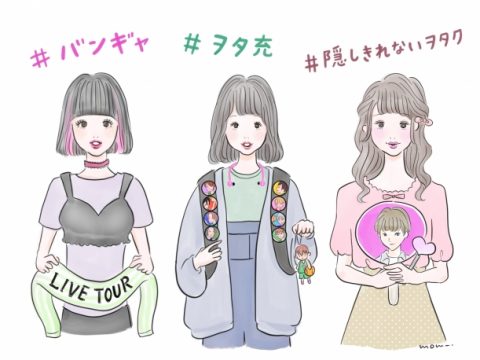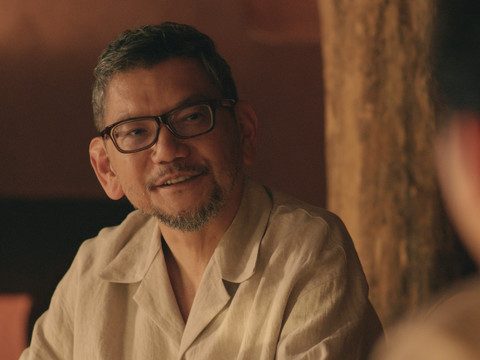In 1972 a prominently-chinned grappler named Antonio Inoki—a.k.a Kanji Inoki a.k.a Muhammad Hussain Inoki (it’s complicated)—unveiled his brawny brainchild at the Ota Ward Gymnasium. Its name: New Japan Pro-Wrestling.
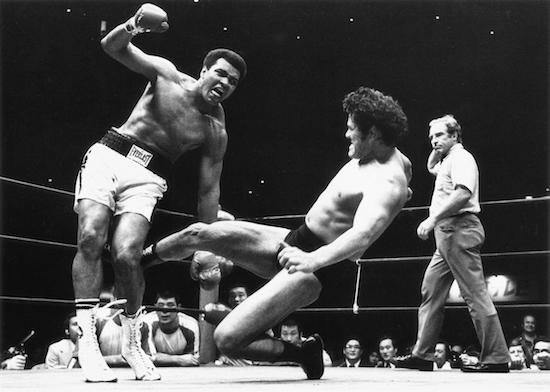
Bearing the slogan “King of Sports,” they slammed onto the scene with a bold mission statement: To prove that pro-wrestling is the strongest. Specifically their own brand of in-ring action dubbed “Strong Style.” A tough blend of American showmanship, technical grappling, and hard-hitting martial arts. It was a near-fanatical obsession that resulted in Inoki battling Muhammad Ali (for real), and later saw him sending his spandex-clad soldiers into MMA matches with Croatian knock-out artists and Russian bruisers — often with disastrous results.
Now it’s 2016, and Inoki has long since parted ways with the company he founded, but thanks to AXS TV, English-speaking fans finally have a way to see that pro-wrestling is indeed the strongest. And it couldn’t have come at a more perfect time in NJPW’s history.
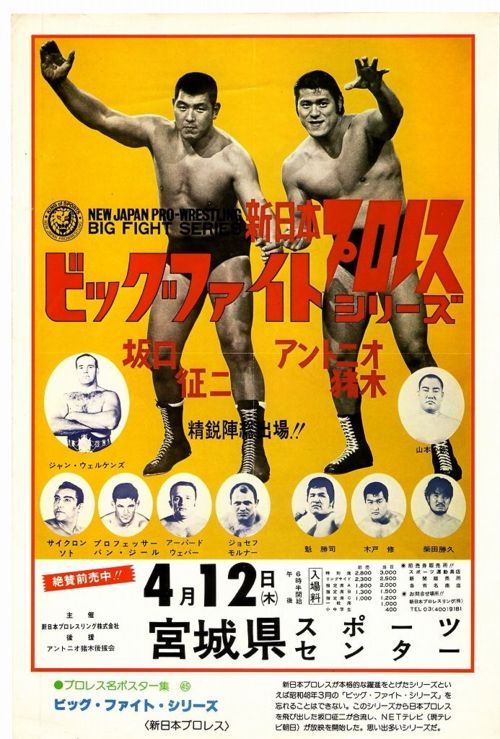
Japanese fans have been rabid for pro-wrestling ever since Rikidozan led crowds in the tens of thousands to events like a hulking Pied Piper, and glued millions of eyeballs to their television sets back in the 1950s. Taking on the top gaijin talent, the former sumo competitor turned wrestler made a traumatized, demilitarized, and occupied post-WWII Japan feel strong again. It was a craze that remained the norm in the years to come, even long after Japan’s financial bubble burst in the late 80s.
That is until a mix of yakuza scandals and all around poor business practices brought a collapse to the pro-wrestling and fighting industry in the late 2000s. NJPW went from packing in stadiums with up to fifty-thousand fans to barely hitting capacity in the smaller venues. But now in the just the past few years, the company has seen itself revived by a new generation of young stars.
Which is where AXS TV comes in with their weekly Strong Style showcase. Taking viewers back to January of 2013, WWE Smackdown’s Mauro Ranallo (and soon the inimitable Jim Ross) and former UFC heavyweight champ Josh Barnett guide you through the past three years of rivalries, alliances, and choke-slams in what will come to be known as the new golden age of pro-wrestling.
With Japanese fans disinterested in the convoluted cartoon storylines often found in modern mainstream American wrestling, the whole production takes on a feel that may strike the uninitiated harder than a Ric Flair chop to the chest. Subtitled promos find the NJPW combatants pondering over whose pro-wrestling is the strongest, treating the drama within the squared circle as a legit athletic contest. The usual post-match brouhaha is replaced by press conferences where wrestlers aren’t afraid to break down and cry as they ask themselves aloud: Am I truly strong enough?
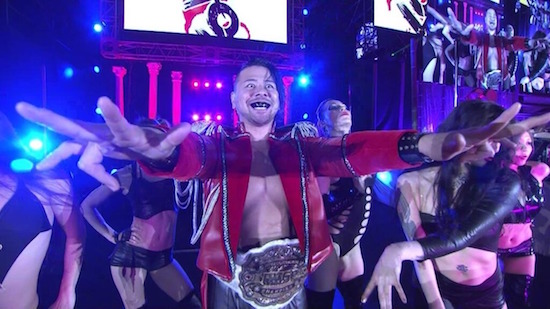
And like any good drama, they make you feel it. Whether it be the WWE-invading Shinsuke Nakamura with his Jake “The Snake” Roberts-esque swagger, the dandy heel Kazuchika “Rainmaker” Okada flamboyantly flaunting his riches, or company ace Hiroshi Tanahashi shouting “I love you” to his fans, you’ll be glued to the screen like audiences were back in the days of Rikidozan.
Sure, maybe it’s all a bit different from when the likes of “Bruiser” Brody were plying their grizzled trade in the NJPW ring. The hair styles are sleeker, the outfits unabashedly Shibuya-109 ready, the macho anthems that once accompanied wrestlers as they strode down the ramp now replaced by over-produced J-Pop. But it’s also the best the company has been since the glory days of old.
So whether you’re aiming to get hip to Shinsuke Nakamura post-WWE NXT debut, or you’re hoping to have your faith in pro-wrestling’s power renewed, tune in to AXS TV every Friday night to see why NJPW is still the “King of Sports.”


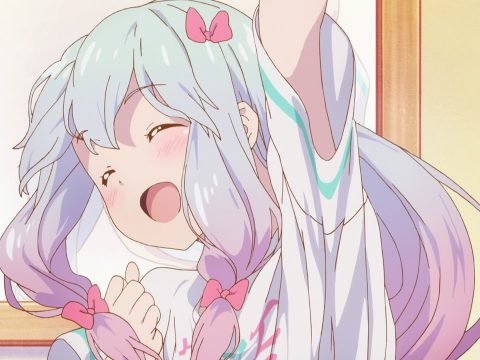
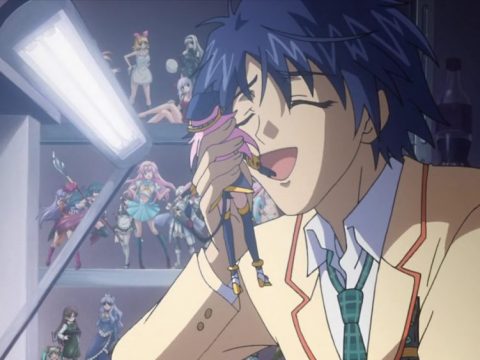
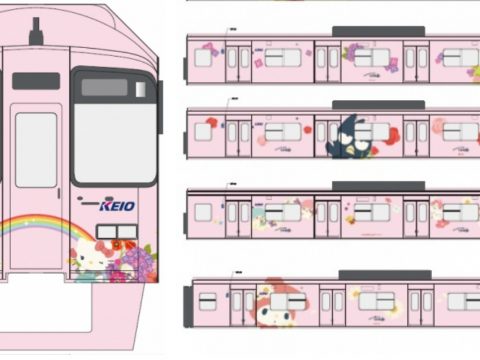
![Doc Big in Japan Offers A Guide on How (or How Not) to Get Famous in Japan [Review] Doc Big in Japan Offers A Guide on How (or How Not) to Get Famous in Japan [Review]](https://otakuusamagazine.com/wp-content/uploads/2018/07/biginjapan01-480x360.jpg)
